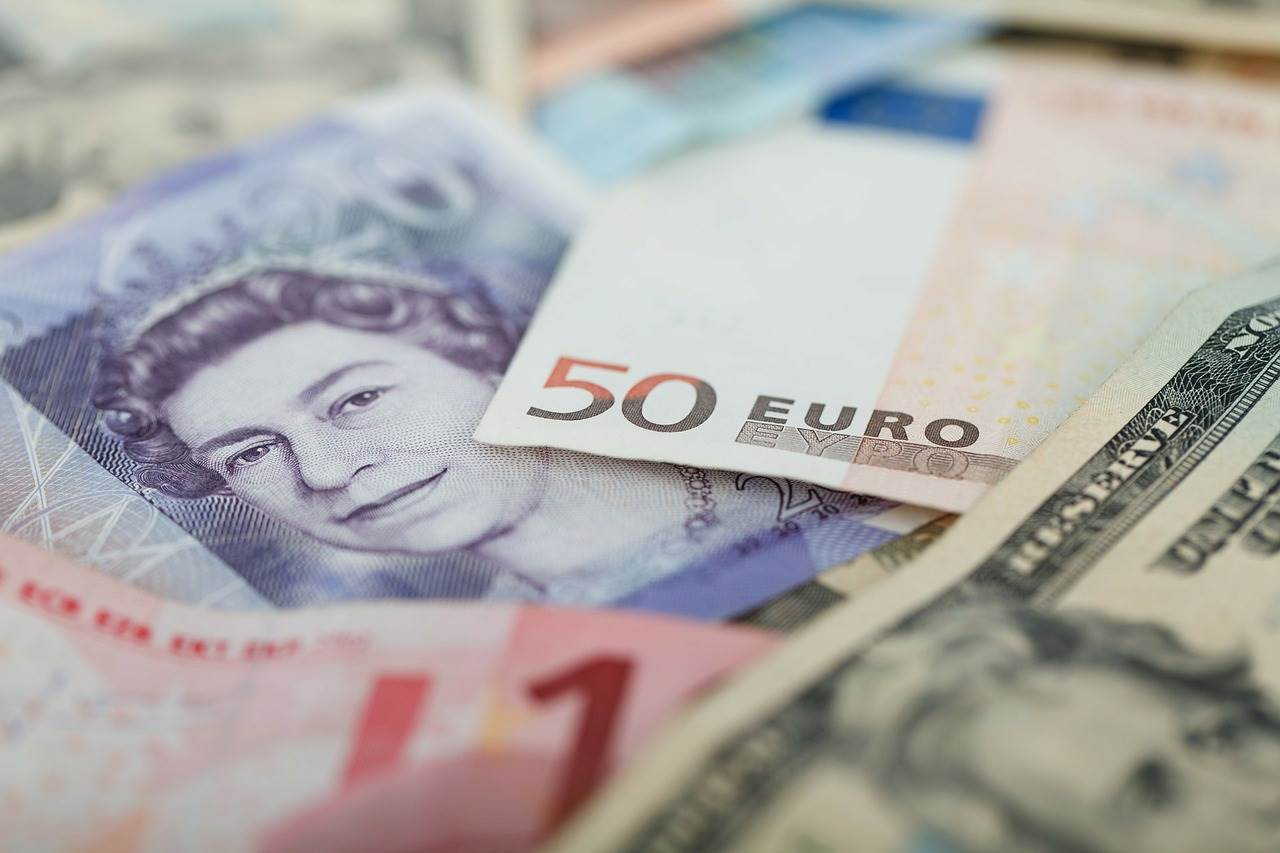 On Thursday, the Euro saw its best single day in almost two years against the US Dollar as fears of a potential pandemic raised expectations that the US Federal Reserve Bank would have to lower its benchmark rate. The outbreak, which has worsened outside of China, has not shown any signs of easing, and that is setting the global financial and equity markets on edge. In the US, Wall Street saw yet another down day on Thursday, with the Dow Jones posting its largest single days decline ever with a loss of 1,191 points. Analysts say that the US response has done little to calm nervous market players and currency strategists believe that the greenback is likely to struggle against safe haven assets but be favored over higher-risk currencies like the Kiwi and Aussie Dollars.
On Thursday, the Euro saw its best single day in almost two years against the US Dollar as fears of a potential pandemic raised expectations that the US Federal Reserve Bank would have to lower its benchmark rate. The outbreak, which has worsened outside of China, has not shown any signs of easing, and that is setting the global financial and equity markets on edge. In the US, Wall Street saw yet another down day on Thursday, with the Dow Jones posting its largest single days decline ever with a loss of 1,191 points. Analysts say that the US response has done little to calm nervous market players and currency strategists believe that the greenback is likely to struggle against safe haven assets but be favored over higher-risk currencies like the Kiwi and Aussie Dollars.
As of 10:57 am in Tokyo trading, the EUR/USD was trading lower at $1.0986, a loss of 0.1527% and sliding from the session peak of $1.10064. The USD/JPY was trading at 109.4010 Yen, down 0.12%, while the USD/CHF was trading at 0.9689 Swiss francs, up 0.08%. The AUD/USD was trading lower at $0.6558, down 0.2313% while the NZD/USD was at $0.6273, a loss of 0.5627%.
Data will continue to provide a knee-jerk reaction in the FX market, and later today two potential market moving events are scheduled. The first is preliminary personal inflation for Germany for the month of February, with expectations that the figure will be unchanged at 1.6%. In Canada, annualized GDP numbers for the 4th quarter are due to be released with analysts expecting a decline to 0.3% from 1.3%. On Saturday, February’s NBS Manufacturing and Non-Manufacturing PMIs for China will be released with economists predicting a fall to 46.0 and 53.8, respectively. Then, on Monday, February’s Caixin Manufacturing PMI for China will be released with expectations of a fall to 45.7 from 51.1.
